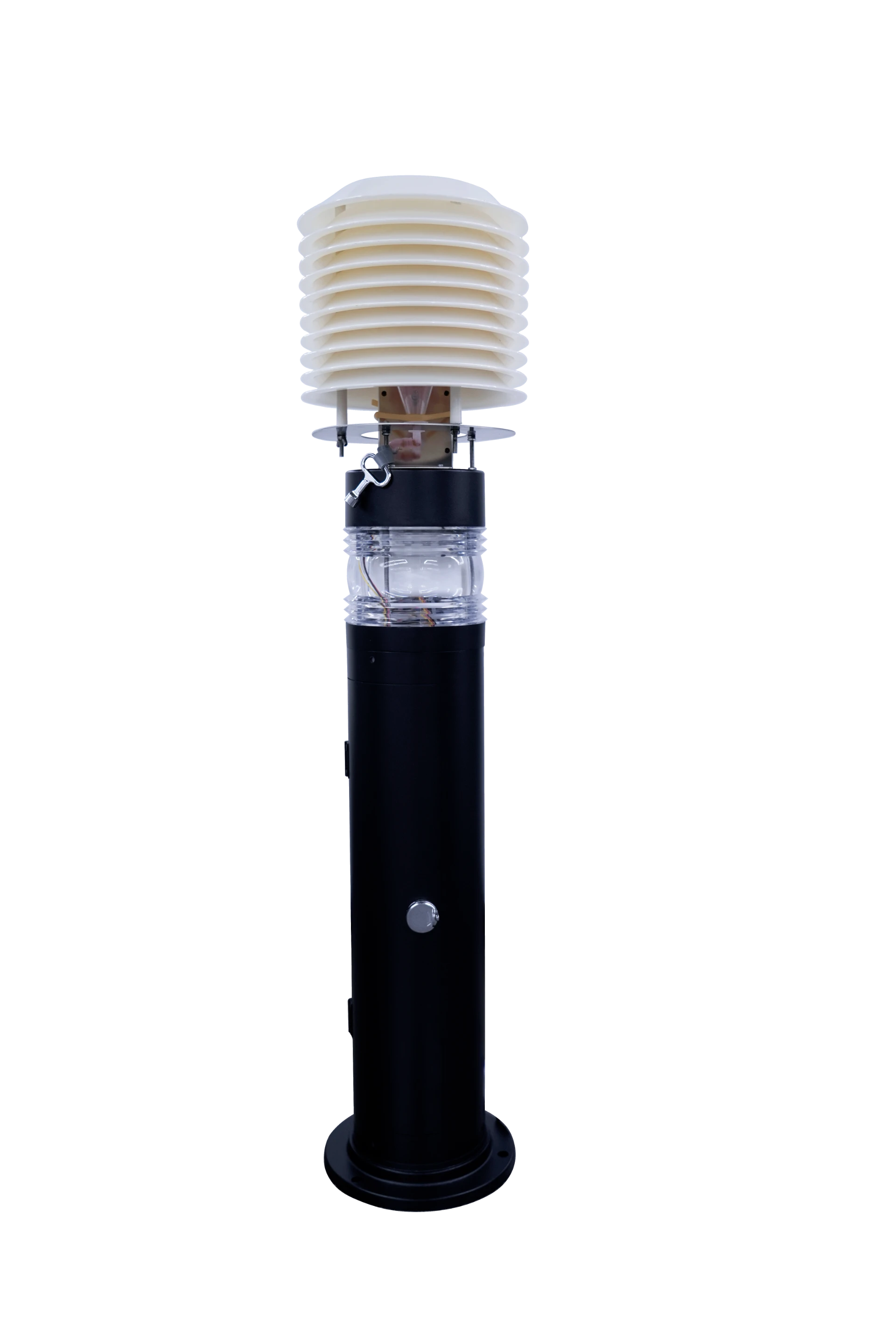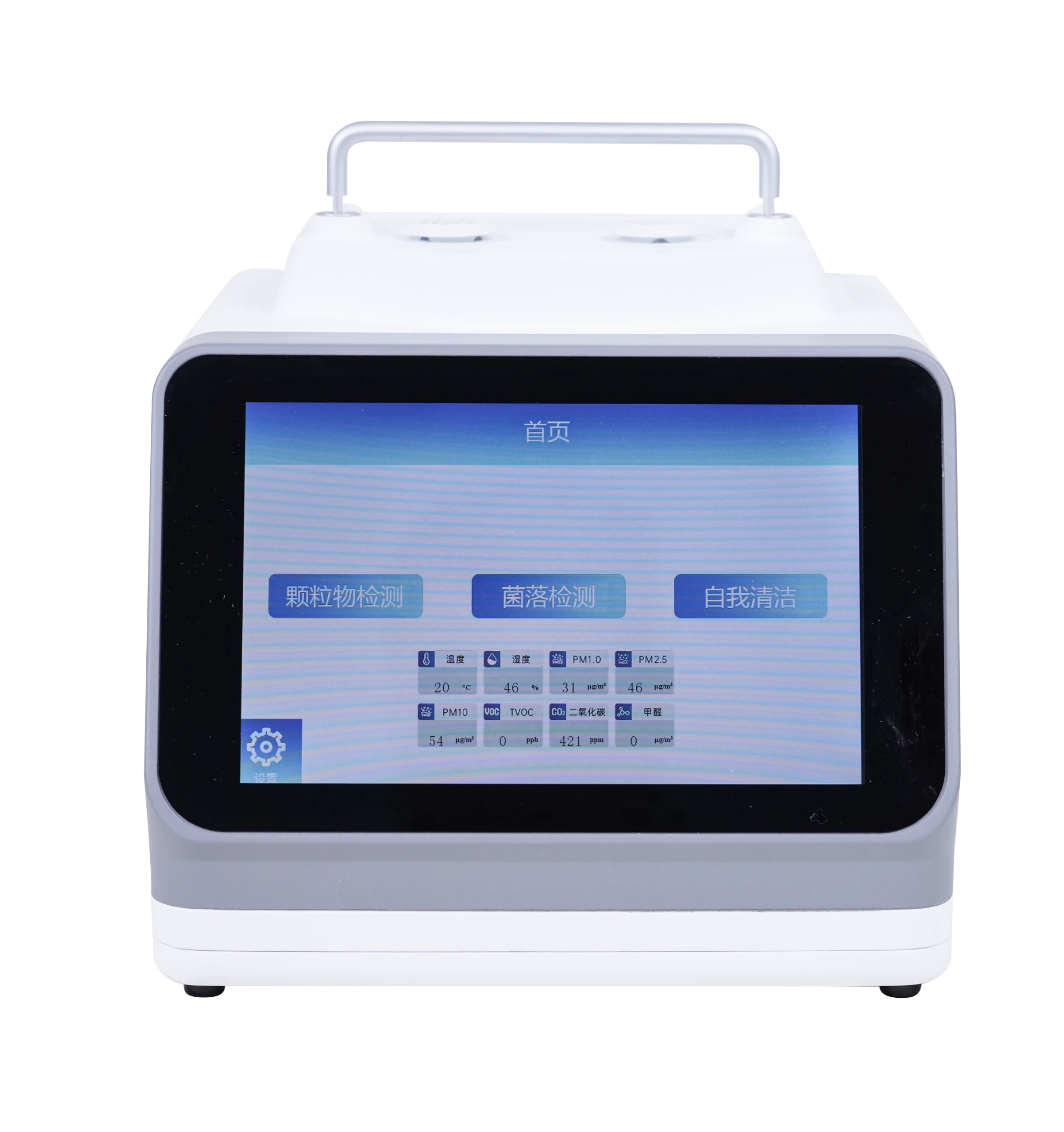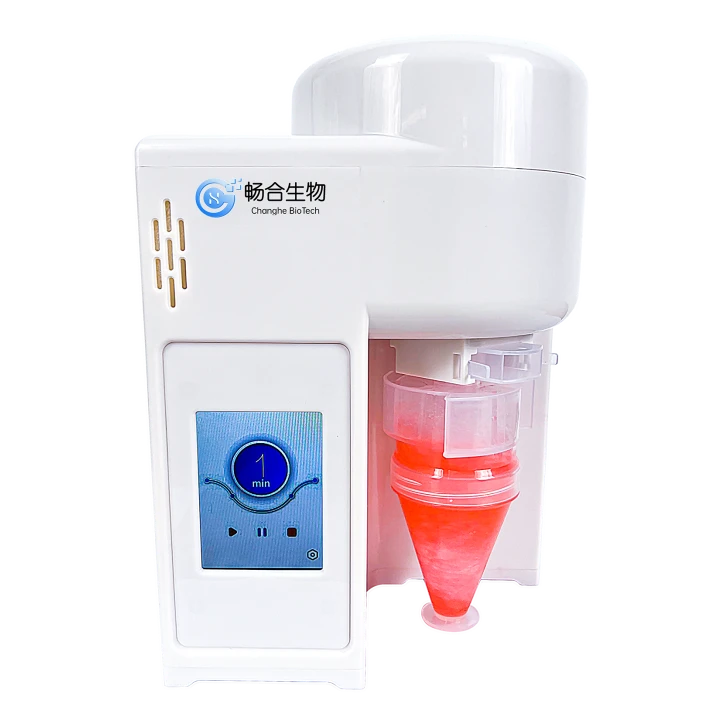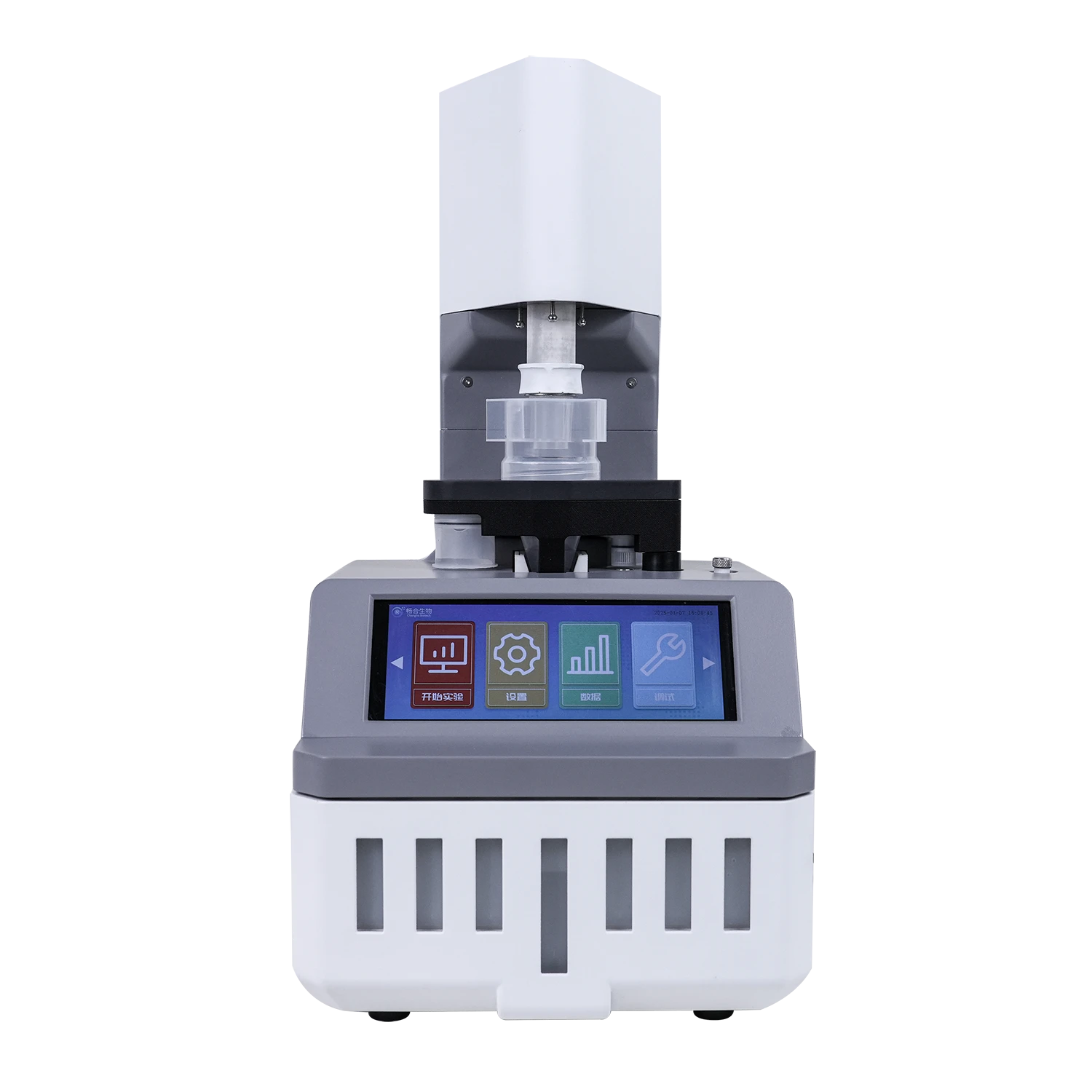
Advanced Bioaerosol Detection for Air & Mold Safety
Navigating the Landscape of Bioaerosol Detection: Industry Trends and Technological Imperatives
The increasing global focus on indoor air quality, public health, and environmental safety has propelled bioaerosol detection into a critical domain. Bioaerosols, comprising airborne biological particles such as bacteria, viruses, fungi, and pollen, pose significant risks in various settings, from healthcare facilities and pharmaceutical cleanrooms to agricultural environments and public spaces. Recent industry trends highlight a distinct shift towards continuous, real-time monitoring solutions, driven by the need for immediate hazard identification and rapid response capabilities. Traditional methods, often reliant on culture-based analysis, suffer from lengthy incubation periods, making them unsuitable for proactive risk management. Emerging technologies, leveraging optical and molecular detection principles, are rapidly gaining traction due to their speed, specificity, and sensitivity. Furthermore, the integration of IoT (Internet of Things) and AI (Artificial Intelligence) into sampling and analytical instruments is enabling sophisticated data analysis, predictive modeling, and remote monitoring, transforming the paradigm of environmental surveillance. This technological evolution is pivotal for safeguarding public health, preventing disease outbreaks, and ensuring regulatory compliance across a multitude of sectors, including pharmaceutical manufacturing where stringent microbial control is paramount, food processing where contamination risks must be mitigated, and even general building management for proactive `air and mold testing` to ensure occupant well-being. The emphasis is no longer solely on detection but on comprehensive risk assessment and mitigation strategies, demanding instruments that can provide actionable insights promptly and reliably.
Beyond the technological advancements, regulatory frameworks and international standards are also evolving, pushing for more robust and reliable bioaerosol monitoring practices. Organizations like ISO, FDA, and various national health agencies are continually updating guidelines for acceptable airborne microbial loads in sensitive environments. This regulatory push, coupled with a heightened public awareness regarding airborne contaminants, underscores the urgent need for highly efficient and accurate bioaerosol sampling and analysis equipment. The market is witnessing a surge in demand for portable and automated devices that can be deployed in diverse, often challenging, environments without requiring extensive specialized training. This shift towards user-friendly, high-performance systems is accelerating the adoption of advanced detection technologies across both industrial and research applications. The objective is to move beyond mere presence detection to quantitative analysis, enabling users to determine the concentration, viability, and even specific identification of bioaerosol constituents. This comprehensive approach is essential for effective risk management, allowing industries to maintain operational continuity, protect personnel, and ensure product integrity. Continuous innovation in sensor technology, particle collection efficiency, and data processing algorithms remains at the forefront of this field, promising even more sophisticated and integrated solutions for future challenges in airborne pathogen surveillance and control. The move towards such advanced systems represents a significant leap forward from rudimentary `air sample mold test` approaches to truly sophisticated environmental monitoring.
Technical Parameters and Core Technologies in Bioaerosol Sampling
The effectiveness of any bioaerosol detection system hinges on its core technical parameters and the sophisticated technologies it employs for sample collection and analysis. A prime example, the Continous Bioaerosol Sampler, excels by integrating advanced sampling mechanisms with precise measurement capabilities. Key technical parameters include the volumetric flow rate, typically measured in liters per minute (LPM), which dictates the volume of air processed over time, directly influencing the sensitivity of detection. Particle size cut-off, defining the range of bioaerosol particles the sampler can efficiently capture (e.g., 0.5 to 10 microns, encompassing most bacteria, fungi, and spores), is another critical specification. Collection efficiency, often expressed as a percentage, indicates how effectively particles within the target size range are captured without loss. For continuous systems, the operational duty cycle and autonomy (battery life for portable units) are vital, ensuring prolonged monitoring without intervention. Furthermore, the choice of collection medium (e.g., liquid impingement, dry filter, or agar media) directly impacts the viability and integrity of collected bioaagents for subsequent analysis. Modern systems often incorporate real-time detection technologies such as fluorescence spectroscopy, which identifies bioaerosols by their intrinsic autofluorescence, or light scattering, which detects particle presence and size without identifying viability. Some high-end devices integrate rapid molecular techniques like qPCR or immunoassays directly, providing highly specific and sensitive identification of pathogens in near real-time. The design and manufacturing process for instruments like the Continous Bioaerosol Sampler emphasize precision engineering. This involves the selection of inert, non-shedding materials (e.g., medical-grade stainless steel, specific polymers) to prevent sample contamination and ensure chemical compatibility. Manufacturing processes are meticulously controlled, often involving high-precision CNC machining for internal components to ensure exact air flow pathways and minimal dead space, followed by rigorous assembly in controlled environments, potentially ISO Class 7 or 8 cleanrooms, to eliminate manufacturing-related contamination. Each unit undergoes extensive calibration, adhering to standards like ISO 17025 for testing and calibration laboratories, to guarantee measurement accuracy across its specified operational range, providing reliable data for applications such as comprehensive `toxic mold detection`.
Inspection standards for these sophisticated devices are stringent, typically involving performance validation against certified bioaerosol challenges to verify collection efficiency and analytical accuracy. Compliance with quality management systems like ISO 9001 and specific industry regulations (e.g., GMP for pharmaceutical applications) ensures consistent product quality and traceability. The projected service life of a well-engineered continuous bioaerosol sampler can extend to 5-10 years with proper maintenance, reflecting the robust design and high-quality components. Applicable industries span a broad spectrum, including critical environments like hospitals and cleanrooms (pharmaceutical, semiconductor), where maintaining sterile conditions is paramount; public health surveillance, for early warning of airborne disease outbreaks; agricultural facilities, to monitor crop pathogens and allergen levels; and environmental consulting firms performing detailed `air and mold testing` for residential or commercial properties. The advanced design of these samplers offers significant advantages in typical application scenarios. For instance, in cleanroom monitoring, the ability to continuously sample and alert operators to an increase in microbial load enables proactive intervention, preventing costly contamination events and ensuring product quality. In public health, real-time data from a network of samplers can provide early indications of community-wide exposure to airborne pathogens, facilitating rapid public health responses. Compared to traditional impaction or filtration methods, a Continous Bioaerosol Sampler offers superior long-term stability and reduced manual intervention, leading to enhanced operational efficiency and lower total cost of ownership over its extensive service life, proving indispensable for reliable `bioaerosol detection`.
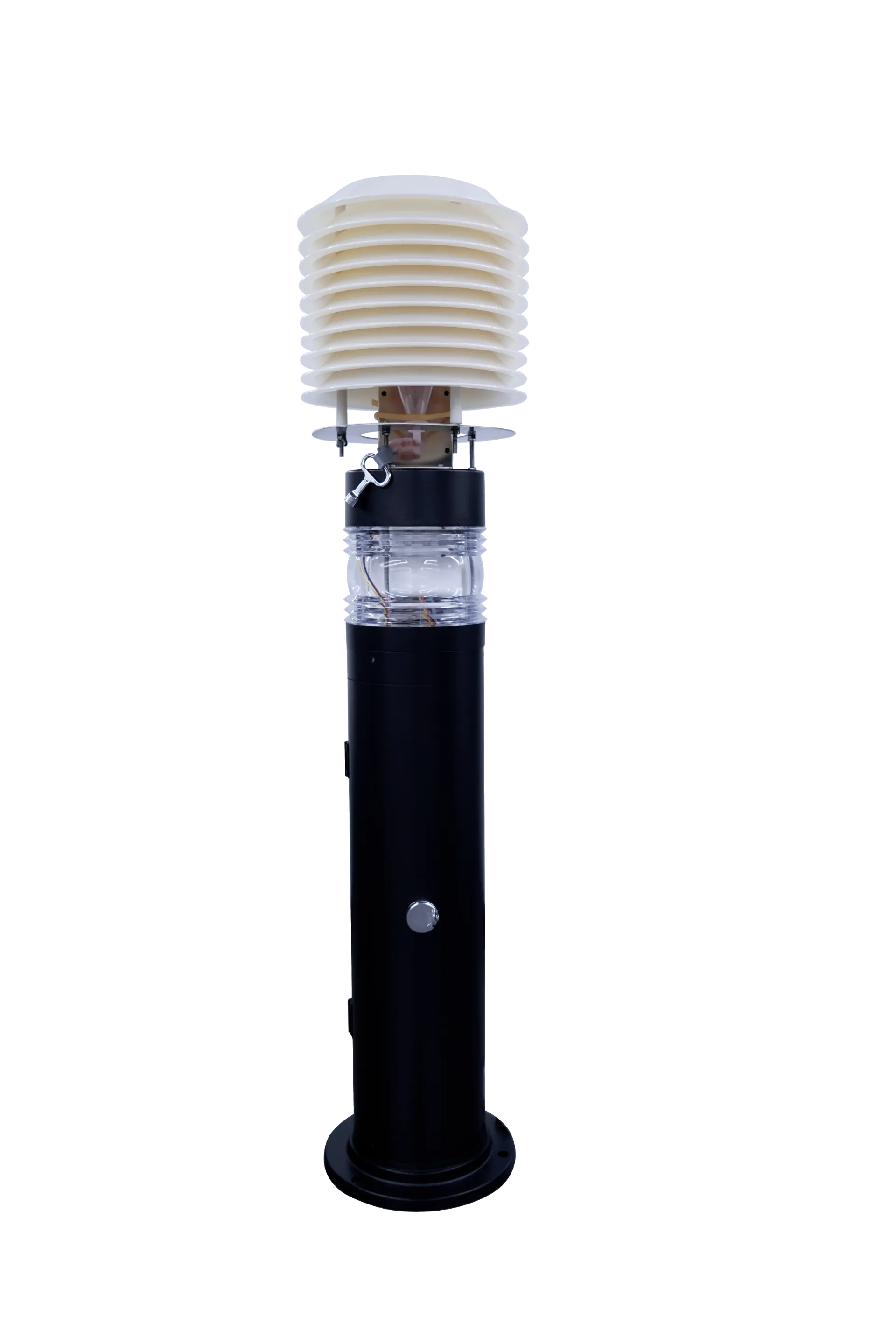
Application Scenarios and Technical Advantages of Continuous Bioaerosol Samplers
The versatility of continuous bioaerosol samplers makes them indispensable across a wide array of application scenarios where timely and accurate airborne contaminant data is crucial. In healthcare environments, particularly in operating rooms, isolation wards, and pharmacies preparing sterile compounds, these samplers provide continuous monitoring of airborne pathogens, minimizing the risk of healthcare-associated infections (HAIs). Their ability to detect minute changes in microbial loads allows for immediate corrective actions, safeguarding patient health and maintaining sterile conditions. Similarly, the pharmaceutical and biotechnology industries rely heavily on these devices for environmental monitoring in cleanrooms and controlled manufacturing areas. Adherence to GMP (Good Manufacturing Practice) guidelines necessitates rigorous monitoring to prevent microbial contamination of sterile products. Continuous samplers offer real-time insights, enabling manufacturers to maintain product integrity, ensure compliance, and avoid costly batch rejections. In the food and beverage industry, from processing plants to packaging facilities, airborne microbes can spoil products or pose health risks. Continuous bioaerosol monitoring helps to identify potential contamination sources proactively, ensuring food safety and extending product shelf-life. Environmental monitoring agencies and research institutions utilize these advanced samplers for large-scale epidemiological studies, outdoor air quality assessments, and tracking the dispersion of allergens or bio-threat agents. The integration of GPS and remote data transmission capabilities further enhances their utility in distributed monitoring networks. Furthermore, in building management, particularly for large commercial complexes, schools, and public venues, these samplers are instrumental in assessing indoor air quality, detecting issues like `toxic mold detection`, and validating HVAC system performance, thereby ensuring a healthy and comfortable environment for occupants. The data collected can be used to optimize ventilation strategies and implement targeted remediation efforts, improving overall building health.
The technical advantages offered by continuous bioaerosol samplers, exemplified by the Continous Bioaerosol Sampler, are manifold and directly translate into superior operational benefits. Firstly, their "continuous" nature provides real-time or near real-time data, a significant improvement over traditional grab sampling methods that only offer snapshots. This immediacy allows for rapid incident response, mitigating the spread of contaminants before they become widespread problems. Secondly, high collection efficiency and broad particle size capture ensure that a comprehensive range of airborne biological agents, from sub-micron viruses to larger fungal spores, can be effectively sampled and analyzed. Thirdly, the automated operation of these samplers reduces the need for constant human intervention, lowering labor costs and minimizing the potential for human error or contamination during sampling. Many models feature integrated data logging and remote connectivity, allowing for seamless data acquisition and analysis from a central command center. Fourthly, advanced analytical modules, whether optical (e.g., fluorescence, light scattering) or molecular (e.g., PCR-compatible collection), enable rapid presumptive identification or highly specific characterization of bioaerosols, providing actionable intelligence faster than traditional culture-based methods. Lastly, the robust construction and durable materials used in these instruments ensure a long service life and reliable performance even in harsh industrial environments. Their ability to deliver consistent and accurate `bioaerosol detection` results under varying environmental conditions makes them a cost-effective and essential tool for proactive environmental health and safety management across all relevant sectors, from cleanrooms to residential `air sample mold test` scenarios.
Comparative Analysis: Key Parameters for Bioaerosol Detection Systems
When selecting a bioaerosol detection system, understanding the nuances of various technical parameters and how different manufacturers address them is crucial. The market offers a range of devices, from simple impaction samplers to complex real-time optical detectors, each with distinct strengths and weaknesses. To aid in this decision-making process, the following table compares key performance indicators across different types of bioaerosol samplers, emphasizing the benefits of advanced, continuous systems like the Continous Bioaerosol Sampler. This comparison highlights factors such as sampling methodology, detection speed, minimum detectable concentration (MDC), specificity, and suitability for various applications, including `air and mold testing` and targeted `toxic mold detection`. While impaction-based methods are often cost-effective and provide viable counts, they require manual plate processing and offer delayed results. Filtration methods can collect large volumes of air but may stress microorganisms, impacting viability, and also require laboratory analysis. Optical methods offer speed and real-time alerts but may lack specificity without additional analysis. The Continous Bioaerosol Sampler aims to bridge these gaps by combining efficient collection with advanced analytical capabilities or rapid sample preparation for subsequent laboratory analysis, offering a balanced approach that maximizes both speed and accuracy.
| Parameter | Impaction Samplers | Filtration Samplers | Real-time Optical Samplers | Continous Bioaerosol Sampler (Advanced) |
|---|---|---|---|---|
| Sampling Method | Agar Plate Impaction | Membrane Filtration | Light Scattering / Fluorescence | Liquid Impingement / Specialized Filtration |
| Detection Speed | Delayed (24-72 hrs for culture) | Delayed (Hours to days for lab analysis) | Real-time (Seconds) | Near Real-time (Minutes to hours, compatible with rapid methods) |
| Viability Info | Yes (Culturable Organisms) | Can be retained (Requires special handling) | No (Total Particles) | Yes (Preserves viability for culture/molecular) |
| Specificity | Requires lab ID | Requires lab ID | Low (Particle vs. Bioparticle) | High (Enables PCR, immunoassay, microscopy) |
| Continuous Monitoring | Manual plate changes required | Manual filter changes required | Yes | Yes (Automated media replenishment/collection) |
| Cost Per Test | Low initial, higher labor | Low initial, higher labor | High initial, lower operational | Moderate-High initial, lower operational |
This comparison underscores the strategic advantage of opting for an advanced, continuous bioaerosol sampler. While real-time optical systems offer immediate alerts on particle counts, they often lack the specificity to differentiate biological particles from inert dust or to identify specific pathogens. In contrast, systems like the Continous Bioaerosol Sampler are designed to collect samples in a manner that preserves microbial viability and integrity, making them suitable for subsequent gold-standard laboratory analyses such as PCR (Polymerase Chain Reaction) for genetic identification, microscopy for morphological analysis, or traditional culturing for viable organism counts. This hybrid approach offers both the speed of continuous monitoring and the definitive accuracy of laboratory-based identification. The robust construction ensures a long service life and minimal downtime, crucial for mission-critical applications in healthcare and pharmaceutical manufacturing. Furthermore, its adaptability to various collection media allows for customization based on the specific bioaerosol targets, whether it's bacteria, viruses, fungi, or pollen, making it a versatile tool for comprehensive environmental monitoring and precise `air sample mold test` scenarios.
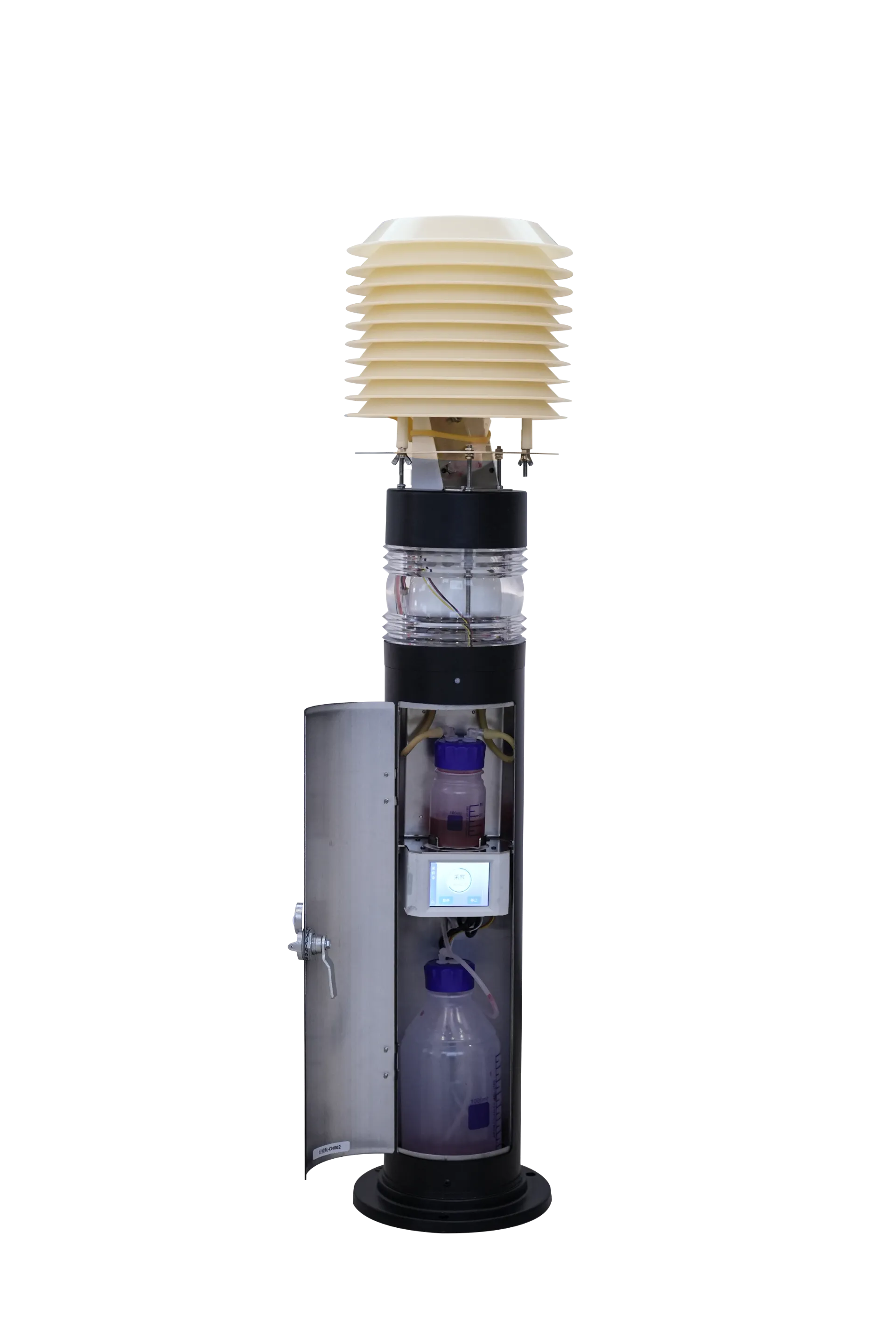
Customized Solutions, Application Cases, and Unwavering Support
Recognizing that each industry and specific application presents unique challenges, we specialize in offering highly customized solutions for bioaerosol detection. Our team of experienced engineers and environmental scientists works closely with clients to understand their precise monitoring requirements, including target bioagents, environmental conditions, regulatory compliance needs, and integration with existing infrastructure. This collaborative approach allows us to tailor the Continous Bioaerosol Sampler to specific operational parameters, whether it involves modifications for extreme temperatures, integration with building management systems (BMS) for centralized control, or customization of sampling protocols for rare pathogens. For instance, in a pharmaceutical sterile filling line, a customized solution might involve precise airflow calibration to match cleanroom classifications (e.g., ISO Class 5 or Class 7) and integrate seamlessly with environmental monitoring software for automated data logging and alerts. For an agricultural setting, customization could involve robust housing to withstand outdoor elements and specific collection media optimized for fungal spores prevalent in crop diseases. Our deep expertise allows for the development of bespoke sampling schedules, alarm thresholds, and data reporting formats that align perfectly with an organization's internal quality control and risk management frameworks. This level of customization ensures that clients receive not just a product, but a comprehensive solution designed to meet their exact needs, delivering unparalleled accuracy and efficiency in their specific operational context.
Our commitment to customer success is best illustrated through numerous application cases. A prominent hospital network successfully deployed our Continous Bioaerosol Samplers across its surgical suites and infectious disease wards. This implementation led to a significant reduction in airborne pathogen counts, validated by continuous monitoring data, and contributed to a measurable decrease in HAIs by enabling rapid identification of contamination events and immediate disinfection protocols. In another instance, a leading food processing company integrated our samplers into their production lines. Real-time monitoring allowed them to detect airborne mold spores and bacteria before they could impact product batches, resulting in a 15% reduction in product spoilage and enhanced compliance with food safety standards. These case studies underscore the tangible benefits our solutions bring: improved safety, enhanced compliance, and significant cost savings. We back our products with comprehensive trustworthiness guarantees, including a standard 2-year warranty on all Continous Bioaerosol Samplers, extendable upon request. Our typical delivery cycle for standard configurations is 4-6 weeks, with customized solutions ranging from 8-12 weeks depending on complexity, ensuring timely deployment. Post-sales, clients benefit from dedicated customer support, including remote diagnostics, on-site technical assistance, and a readily available supply of consumables and spare parts. We also offer extensive training programs for client personnel to ensure optimal system operation and data interpretation, solidifying our role as a trusted partner in advanced bioaerosol detection and comprehensive `air sample mold test` analysis. Our commitment is to empower clients with reliable, actionable intelligence for critical environmental control.
Frequently Asked Questions (FAQ)
-
Q1: What types of bioaerosols can the Continous Bioaerosol Sampler detect?
A1: Our Continous Bioaerosol Sampler is designed to effectively capture a broad spectrum of airborne biological particles, including viable and non-viable bacteria, fungal spores (molds and yeasts), viruses, pollen, and other particulate matter of biological origin. Its collection efficiency spans a critical size range, making it ideal for comprehensive bioaerosol detection across various environments. The subsequent laboratory analysis of collected samples allows for precise identification down to species level for pathogens relevant to `toxic mold detection` or specific bacterial threats.
-
Q2: How does the Continous Bioaerosol Sampler handle data and alerts?
A2: The Continous Bioaerosol Sampler features integrated data logging capabilities, storing sampling parameters and results directly on the device. For advanced setups, it offers connectivity options (e.g., Ethernet, Wi-Fi) for remote data access and integration with existing Building Management Systems (BMS) or Environmental Monitoring Systems (EMS). Configurable alarm thresholds allow users to set specific limits for detected bioaerosol levels, triggering immediate visual, audible, or remote notifications (e.g., email, SMS) when these limits are exceeded. This ensures prompt awareness and enables rapid response to elevated airborne contaminant levels, crucial for effective `air and mold testing` and control.
-
Q3: What are the maintenance requirements for the Continous Bioaerosol Sampler?
A3: The Continous Bioaerosol Sampler is designed for robust performance and minimal maintenance. Routine maintenance typically involves periodic replacement of collection media, cleaning of sampling inlets, and calibration checks as recommended by the manufacturer and industry standards (e.g., annually). Specific maintenance schedules depend on the operational environment and frequency of use. Our customer support team provides detailed maintenance guidelines and offers service contracts to ensure your equipment remains in optimal working condition, maximizing its service life and accuracy for continuous `bioaerosol detection` and `air sample mold test` applications.
References and Further Reading
- Wang, C. (2020). Aerosol Transmission of SARS-CoV-2. Nature Medicine, 26(5), 681-682.
- Centers for Disease Control and Prevention (CDC). (2019). Environmental Sampling for Microorganisms: General Considerations. CDC Manual for Environmental Health and Safety.
- International Organization for Standardization (ISO). (2015). ISO 14698-1: Cleanrooms and associated controlled environments — Biocontamination control — Part 1: General principles and methods.
- American Society of Heating, Refrigerating and Air-Conditioning Engineers (ASHRAE). (2020). ASHRAE Position Document on Infectious Aerosols.
- National Institute for Occupational Safety and Health (NIOSH). (2017). Bioaerosols: Assessment and Control. NIOSH Publication No. 99-113.
-
Rapid Bioaerosol Detection for Air & Mold SafetyNewsAug.18,2025
-
Accurate Bioaerosol Sampler: Precision Air MonitoringNewsAug.15,2025
-
Reliable Bioaerosol Detection & Air Mold Testing SolutionsNewsAug.14,2025
-
High-Performance Bioaerosol Sampler for Air & BacteriaNewsAug.13,2025
-
Accurate Air Sampling for Bacteria: Top Bio SamplersNewsAug.12,2025

